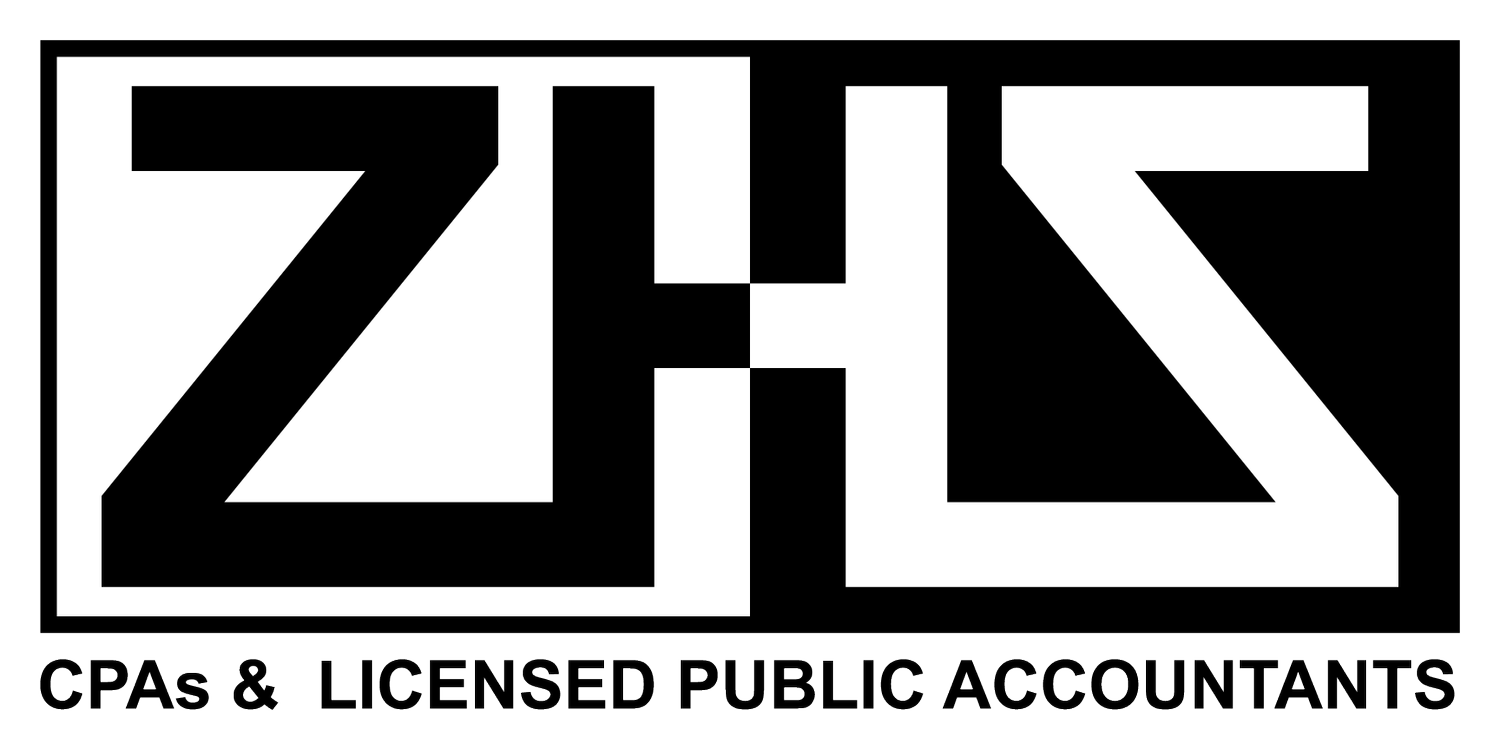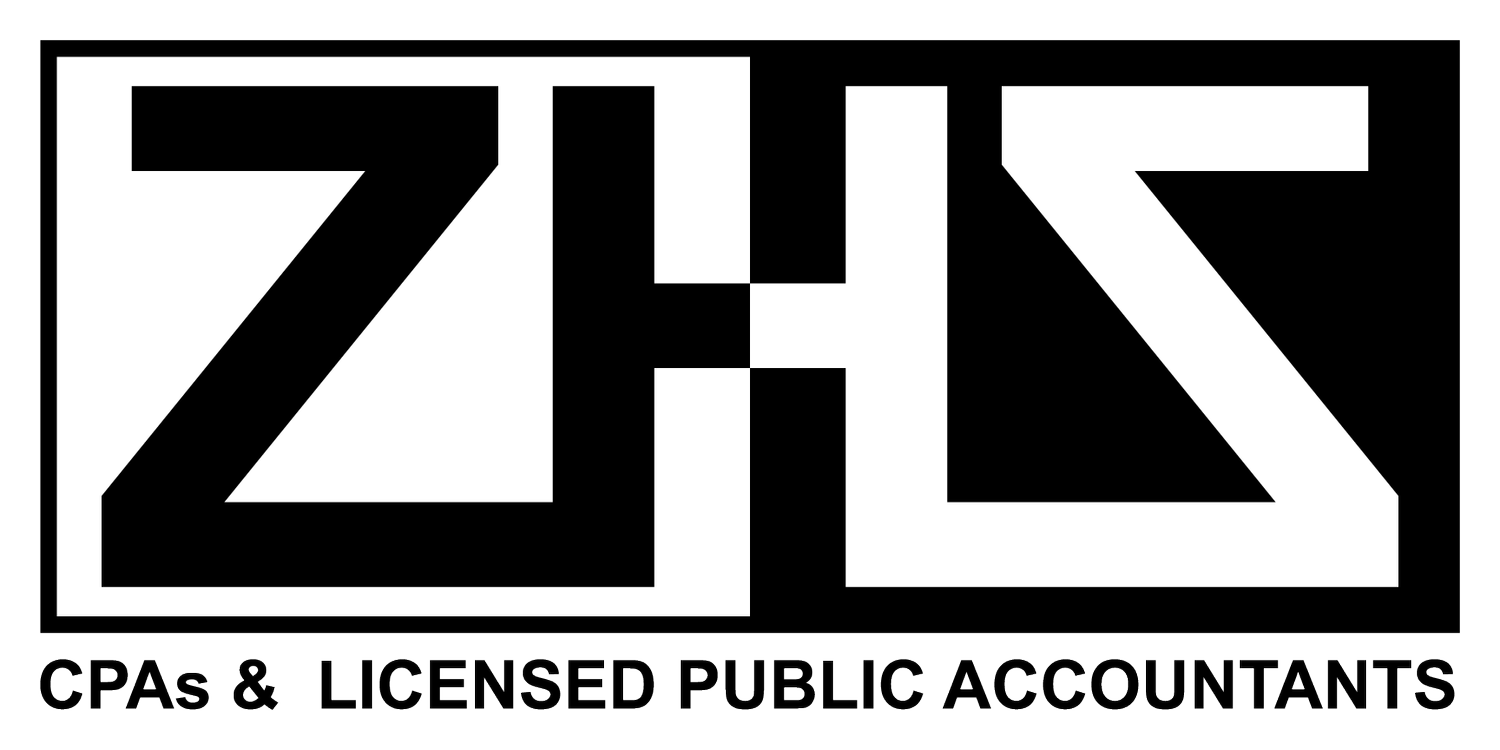How to Create a Resume in Canada That Will Get You Hired
A resume is a crucial tool for job seekers. It's an opportunity to showcase your skills, experience, and education to potential employers. But what if you're not sure how to create a resume that will get you hired?
If you're seeking work in Canada, there are some specific things you need to keep in mind. Here's a step-by-step guide on how to create a resume in Canada that will help you land the job you want.
1. Figure out the right format
In Canada, there are three common resume formats: chronological, functional, and combination.
The chronological format is the most common and it lists your work experience in reverse chronological order (i.e., your most recent position first).
The functional format focuses on your skills and abilities, rather than your work experience. It's often used by people who are changing careers or who have gaps in their employment history.
The combination format combines elements of both the chronological and functional formats.
2. Start with your personal information.
Include your name, address, phone number, and email address. If you have a website or blog, include that too.
3. Write a clear and concise summary statement
This should be a short paragraph (four to six lines) that outlines your key skills and experience. Be sure to tailor this section to each individual job you're applying for so that it's relevant to the position.
4. List your work experience next
For each position, include the dates you worked there, the job title, and the company name. bullet point your responsibilities and accomplishments for each role.
Again, be sure to tailor this section to the specific job you're applying for by including information that is relevant to the position.
5. Follow up with your education and training
Include any degrees or diplomas you've earned, as well as any relevant courses or programs you've completed.
If you don't have much work experience or formal education, don't worry – there are other ways to show off your skills and abilities. You can include volunteer work, internships, or part-time jobs in this section.
6. Add some extra sections (optional)
If you want to include additional information about yourself, consider adding a section on professional development or hobbies & interests. These sections can help give potential employers a better sense of who you are as a person and how you might fit into their organization.
Why? Professional development could include courses, workshops, or conferences you've attended that relate to your field of work; while hobbies & interests could include anything from sports teams to charitable organizations you're involved with outside of work.
7. Edit & proofread carefully before sending off your resume
Make sure there are no typos or grammatical errors – these can make it look like you're not paying attention to detail which is not the impression you want to give potential employers. Once your resume is polished and ready to go, start applying for jobs.
Conclusion
Creating a strong resume is essential for anyone seeking employment in Canada. By following the tips outlined in this article, you'll be on your way to writing a resume that will help you land the job of your dreams.

